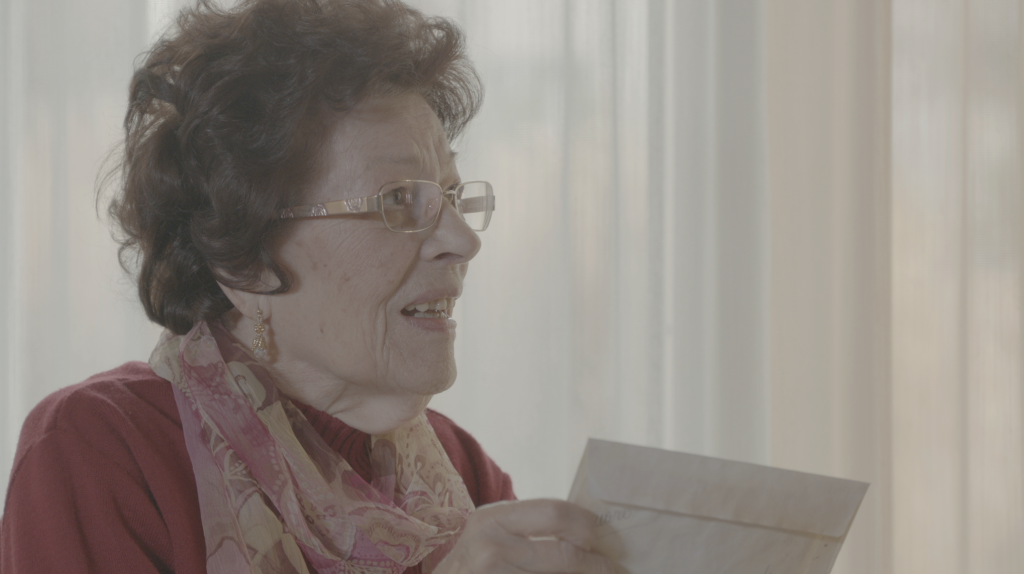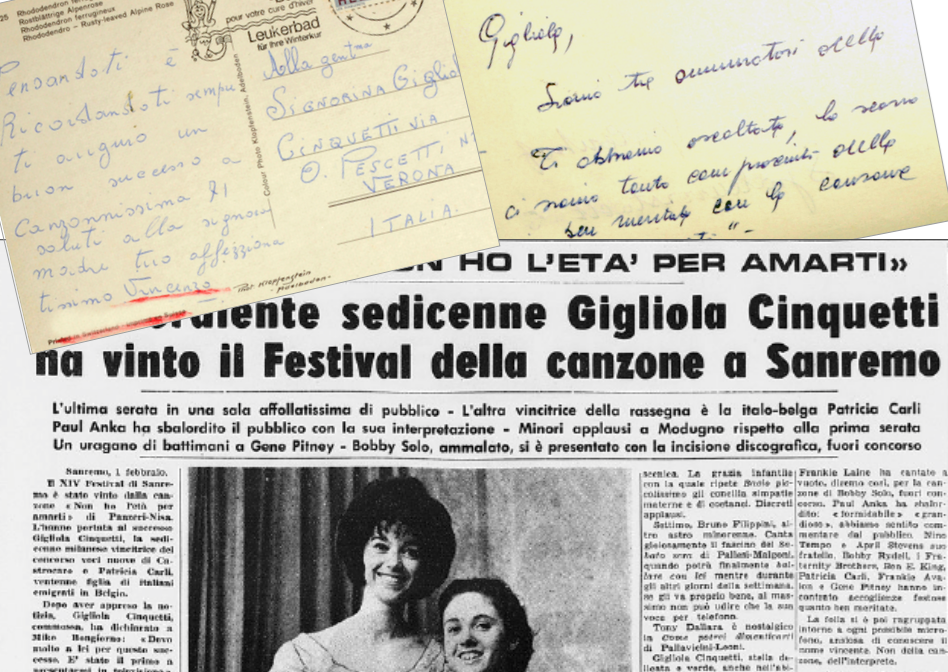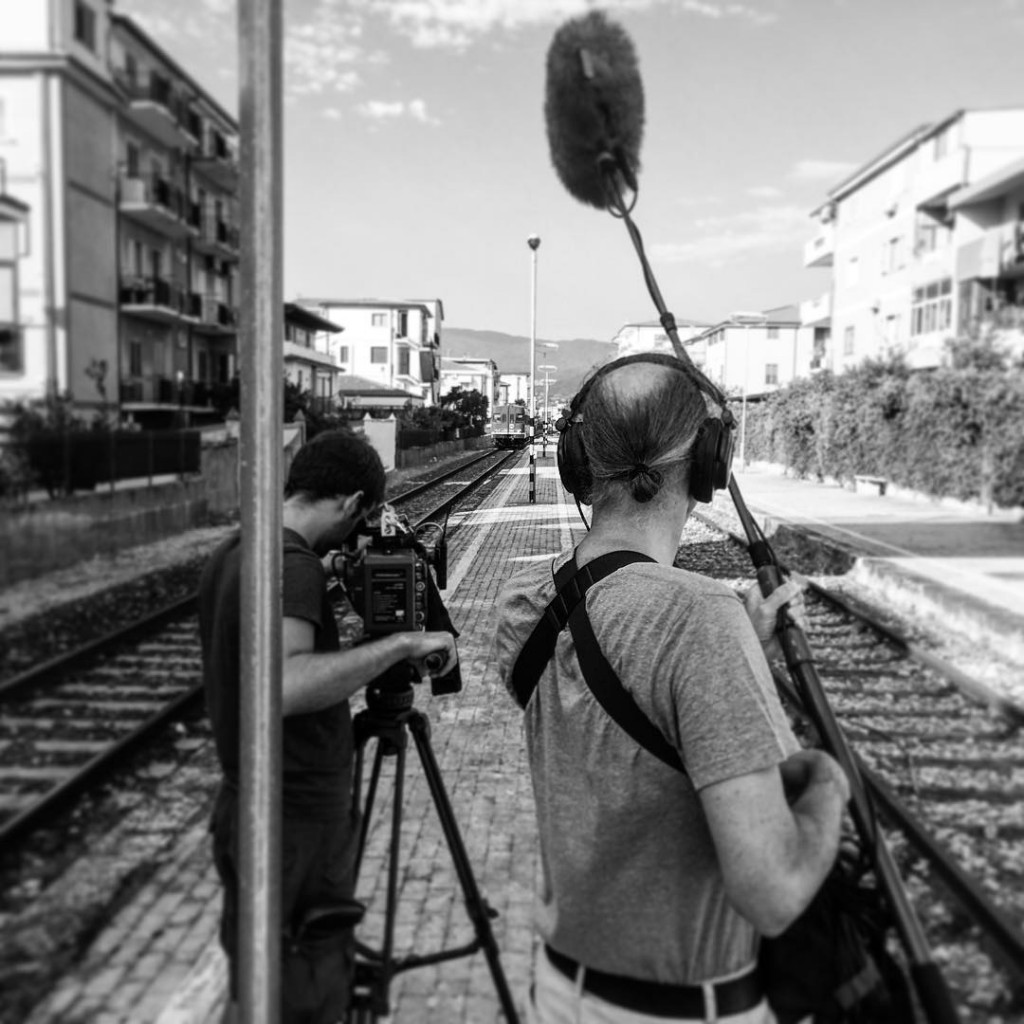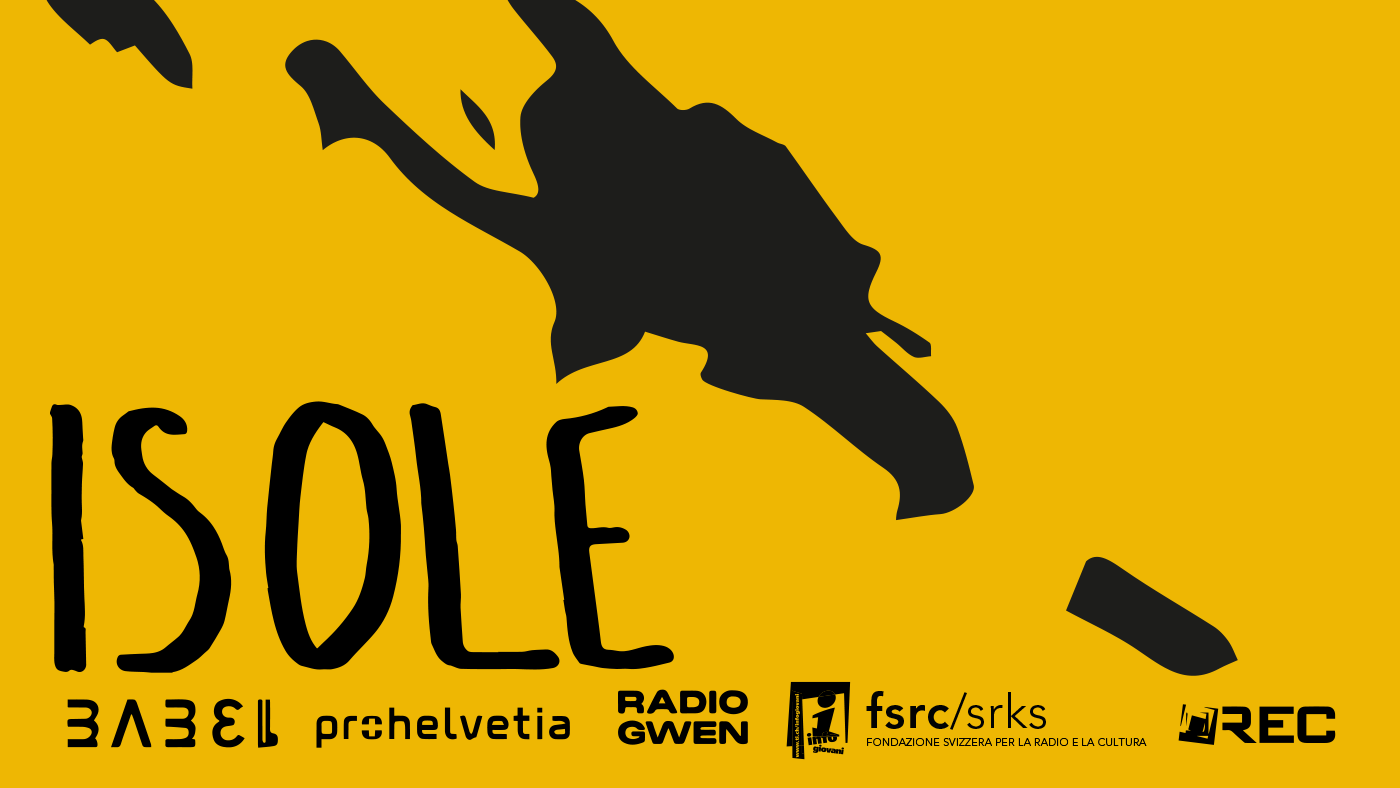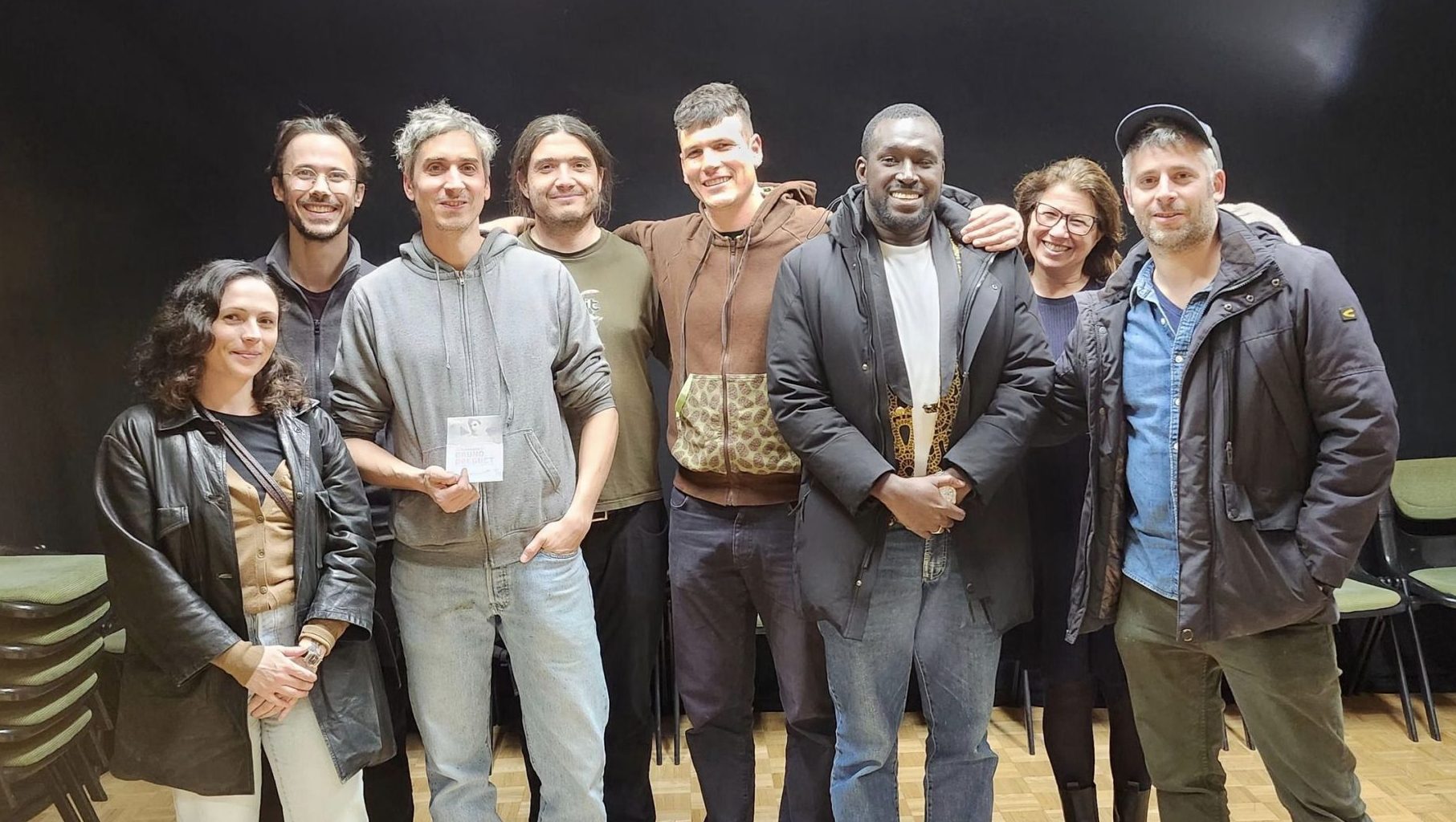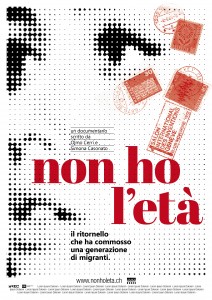
Grafica a cura di Micha Dalcol
English version below
È iniziato il tournage del progetto: Non ho l’età – Il ritornello che ha commosso una generazione di migranti.
Il progetto è prodotto da Tiziana Soudani per Amka Films SA e gode del sostegno della Radiotelevisione Svizzera di Lingua Italiana di REC e di Tempesta Film.
> Maggiori info sul sito di AMKA
> Backstage fotografico dalla Calabria
Carmela, don Gregorio, Gabriella e Lorella non si conoscono ma hanno molto in comune. A metà degli anni Sessanta, al culmine della grande ondata migratoria, da soli o insieme alle loro famiglie, sono arrivati in Svizzera, dove hanno vissuto per un periodo più o meno lungo. E qui, hanno vissuto gli anni difficili di Schwarzenbach ascoltando la giovanissima cantante veronese Gigliola Cinquetti, diventata celebre dopo la vittoria del Festival di Sanremo 1964 con Non ho l’età (per amarti).
Grazie al suo aspetto rassicurante, Gigliola fece breccia nel loro cuore, come in quello di tantissimi altri migranti nel mondo. Una bandiera di quell’Italia di un tempo, ormai alle loro spalle, e diventata oggetto di vera e propria venerazione, al punto di essere sommersa da migliaia e migliaia di lettere.

Quattro di queste, giunte intatte ai giorni nostri, parlano proprio di Carmela, don Gregorio, Gabriella e Lorella e della loro avventura di “migranti”. Carmela, la protagonista, ha seguito i genitori in Svizzera, dove per anni ha vissuto da clandestina e dove, con pazienza e tenacia, ha posto le basi per la costruzione della sua famiglia e della sua professione. Don Gregorio, giovane seminarista calabrese a Coira, animatore di attività nelle “baracche”, dopo vent’anni di servizio nelle parrocchie del Canton Zurigo, è tornato nella sua Calabria a occuparsi della sua comunità originaria e dei migranti di oggi. Gabriella, nata in Svizzera da genitori veneti, ha seguito mamma e papà nel loro tentativo fallimentare di rientrare in Italia. Lorella e i suoi genitori, infine, hanno cercato invano rifugio in Ticino e si sono consumati di lavoro senza raggiungere il benessere tanto desiderato.
Quattro storie molto diverse che si incrociano sulle note di una delle canzoni più popolari dell’epoca. Quattro storie diverse che raccontano di speranze, sogni, solidarietà, ma anche (e soprattutto) di chiusura, xenofobia, clandestinità e sfruttamento. Quattro storie oggi più attuali che mai.
Altre info:
> Premio SSA al progetto “Non ho l’età”
> Il comunicato ufficiale della SSA
> Articolo di Claudio Lo Russo (laRegione)
> Articolo di Ambretta Sampietro (la Prealpina)
> Rete1 – RSI (Questa è l’acqua)
> Rete1 – RSI (Ogni maledetto sabato)
Il documentario prende spunto dalla tesi della storica Daniela Delmenico intitolata: L’EMIGRAZIONE VISSUTA: ANALISI DELLE LETTERE ALLA CANTANTE GIGLIOLA CINQUETTI (dal sito ATIS Storia).
Non ho l’età – The song that touched a generation of immigrants
Carmela, don Gregorio, Gabriella and Lorella have never met but they have a lot in common. In the mid 60’s, at the peak of the great migratory wave, alone or together with their families, they arrived in Switzerland, where they lived for a more or less lengthy period. They lived here during the difficult Schwarzenbach years while listening to the young pop singer from Verona, Gigliola Cinquetti, who became famous after her victory at the Sanremo Music Festival of 1964 with her song Non ho l’età (per amarti) / I’m not old enough (to love you).
Thanks to her reassuring aspect, Gigliola found her way into their hearts and those of many other Italian immigrants all over the world. A symbol of the Italy they left behind, she became an object of veneration, resulting in her receiving thousands and thousands of fan letters.
Four of these letters, having survived intact to the present day, tell of Carmela, don Gregorio, Gabriella and Lorella and of their experience as “immigrants”. Carmela followed her parents to
Switzerland, where for years she lived clandestinely and where, with patience and tenacity, built the base for her own family and profession. Don Gregorio, a young Calabrian seminarian in Chur, was an activity organizer in immigrant camps. After twenty years of service in the parishes of canton Zurich, he returned to Calabria to care for his original community and today’s new immigrants. Gabriella, born in Switzerland to parents from the Veneto, followed her mother and father in their failed attempt to return to Italy. Lastly Lorella, whose parents hoped in vain to settle in Ticino and who were worn out by hard labor without every attaining the well being they desired.
Four very different stories that cross paths to the refrain of one of the most popular songs of the period. Four different stories that speak of hopes, dreams, and solidarity. But they also tell of closure, xenophobia, clandestinity and exploitation. Four stories that today are more relevant than ever.

